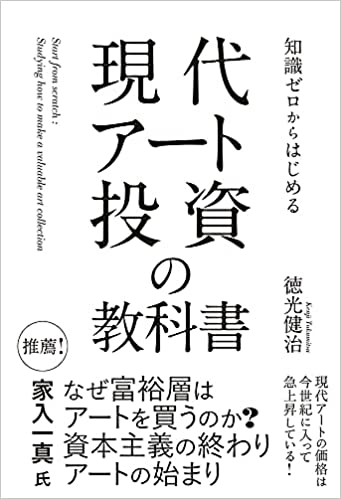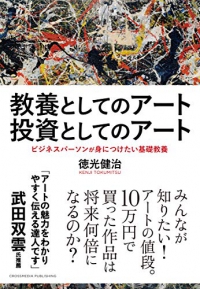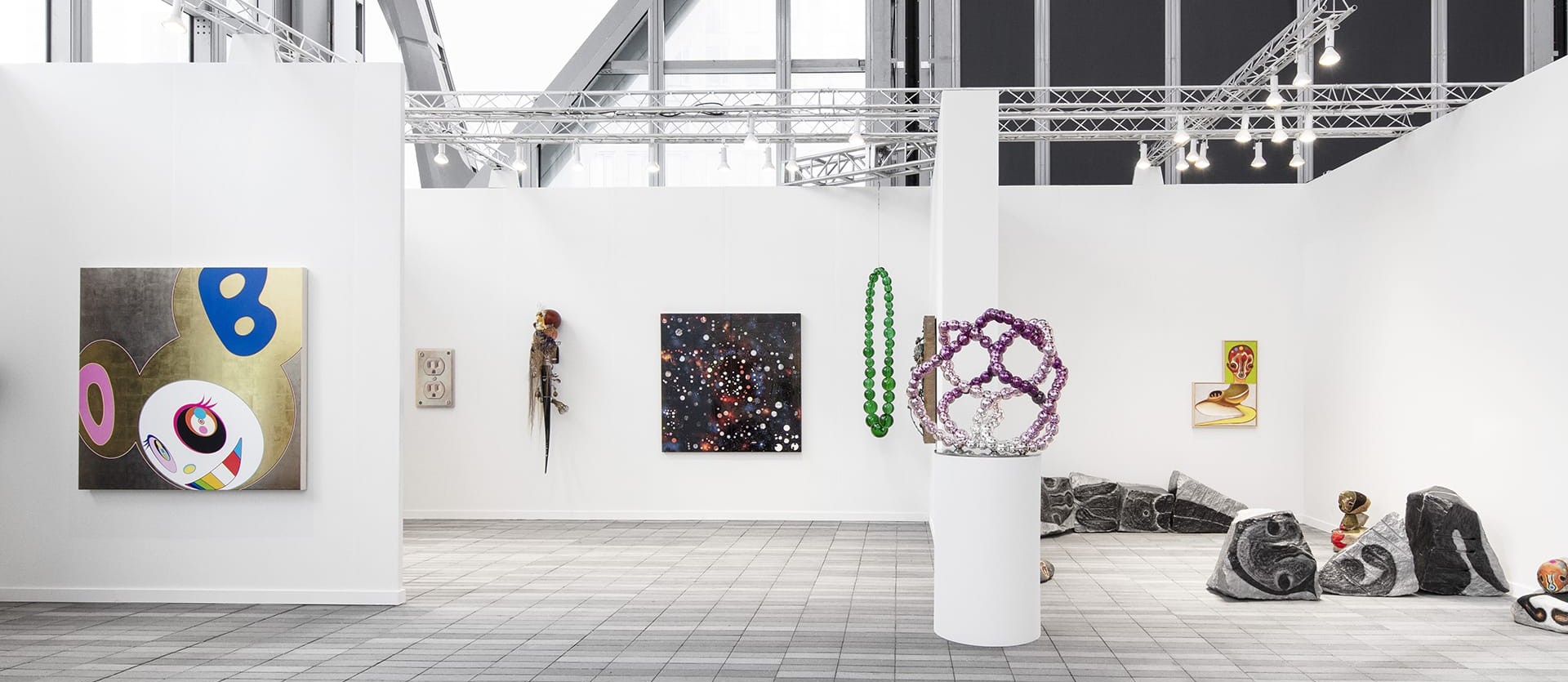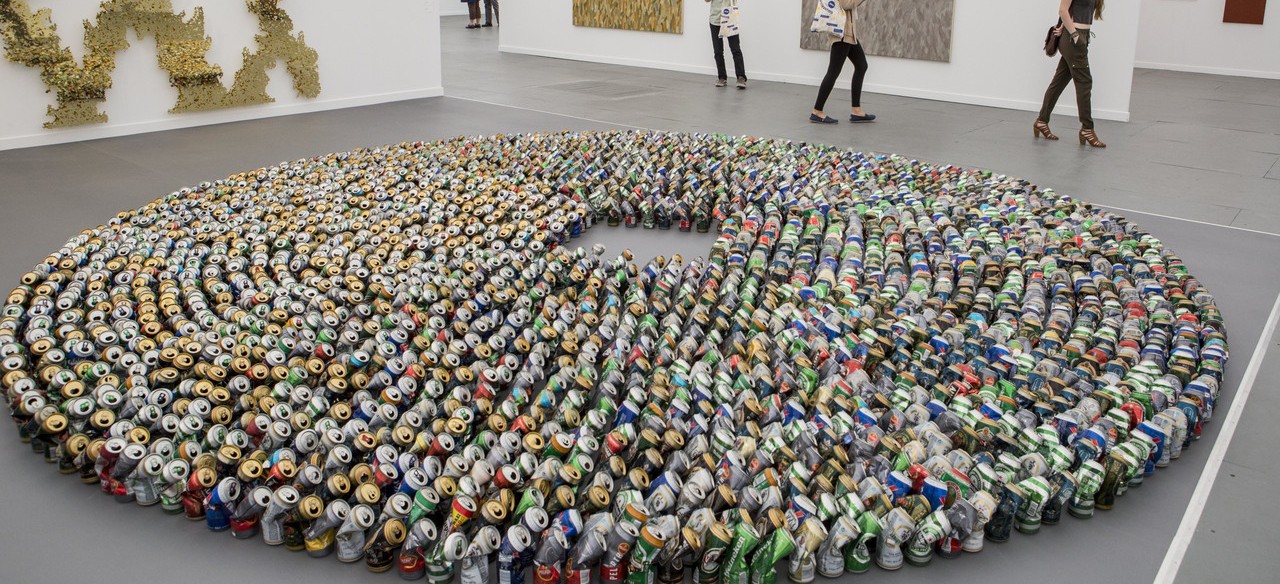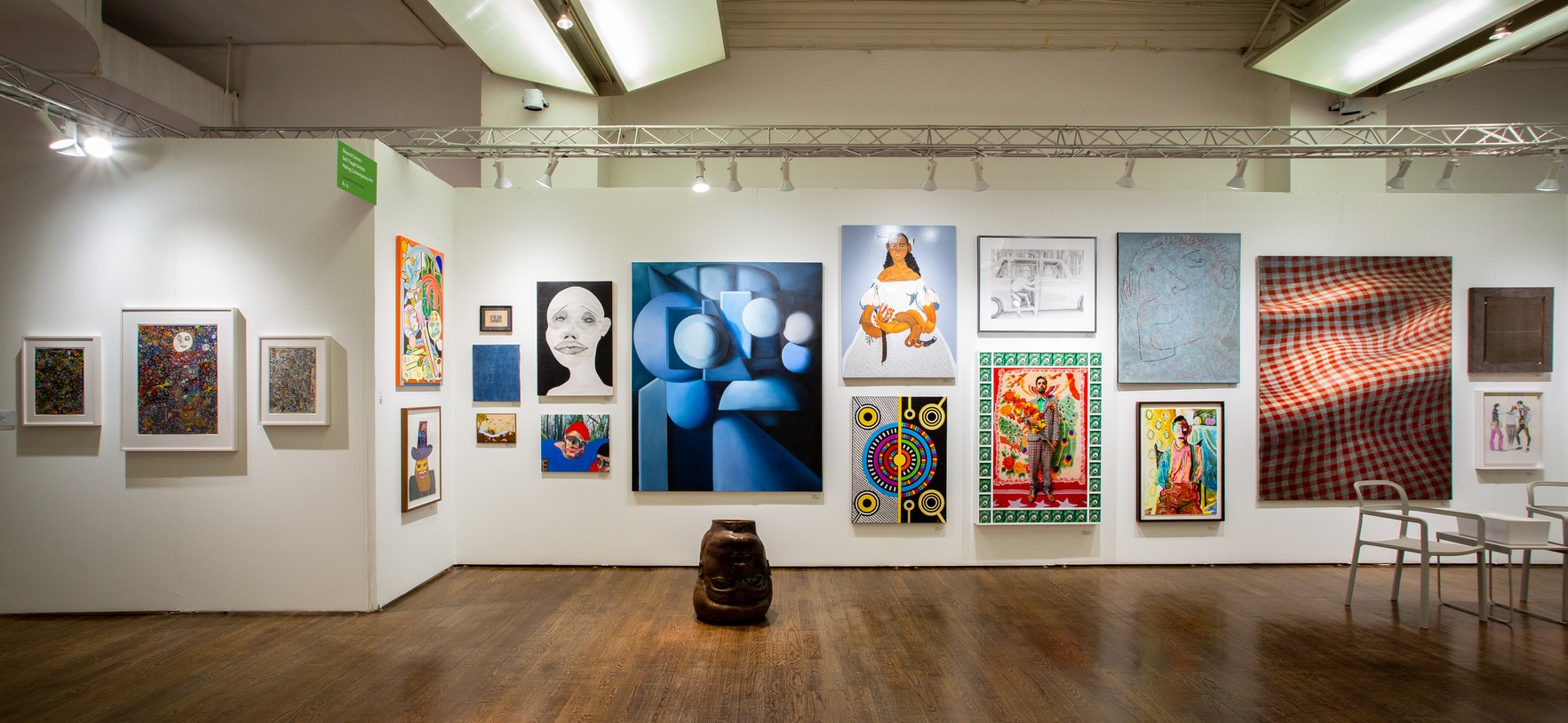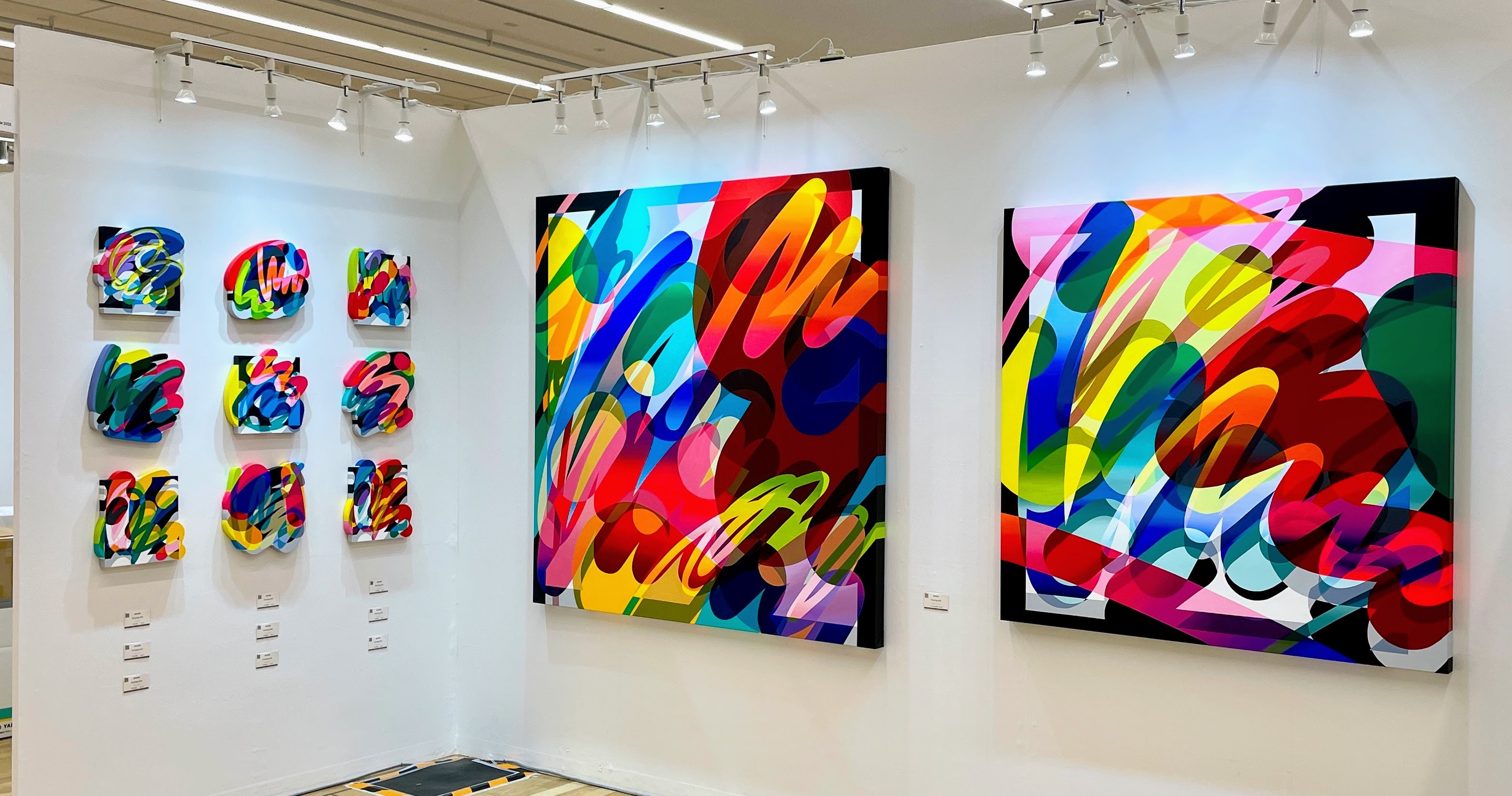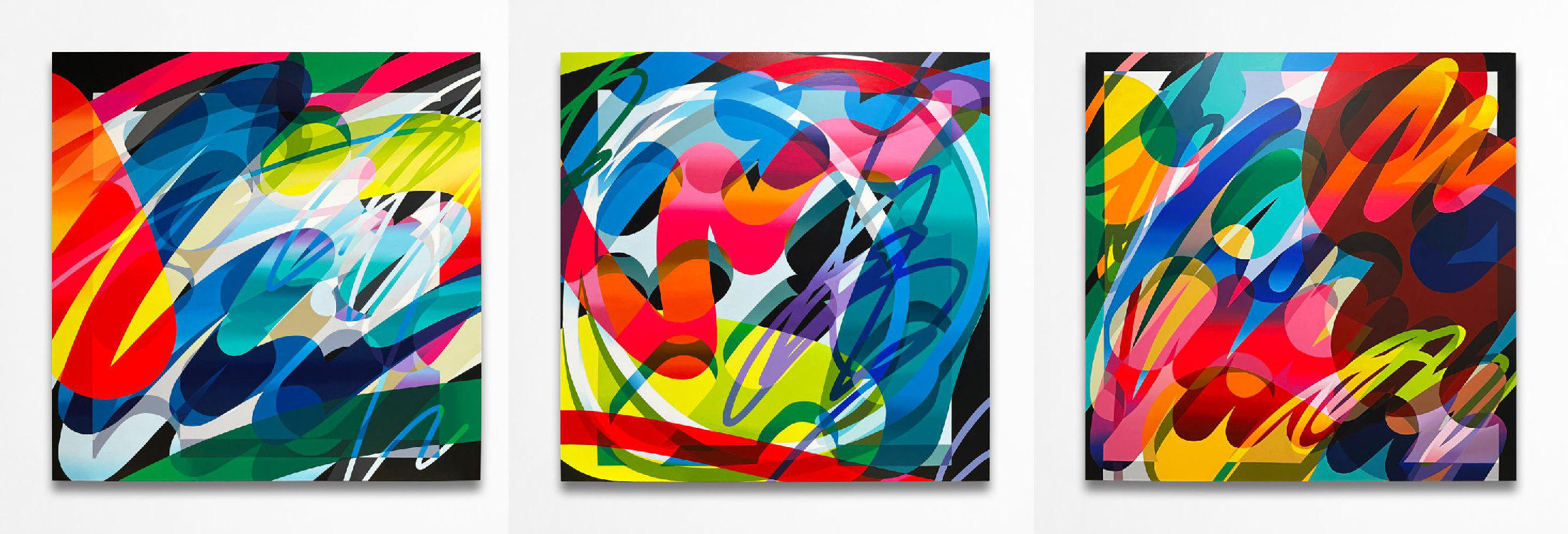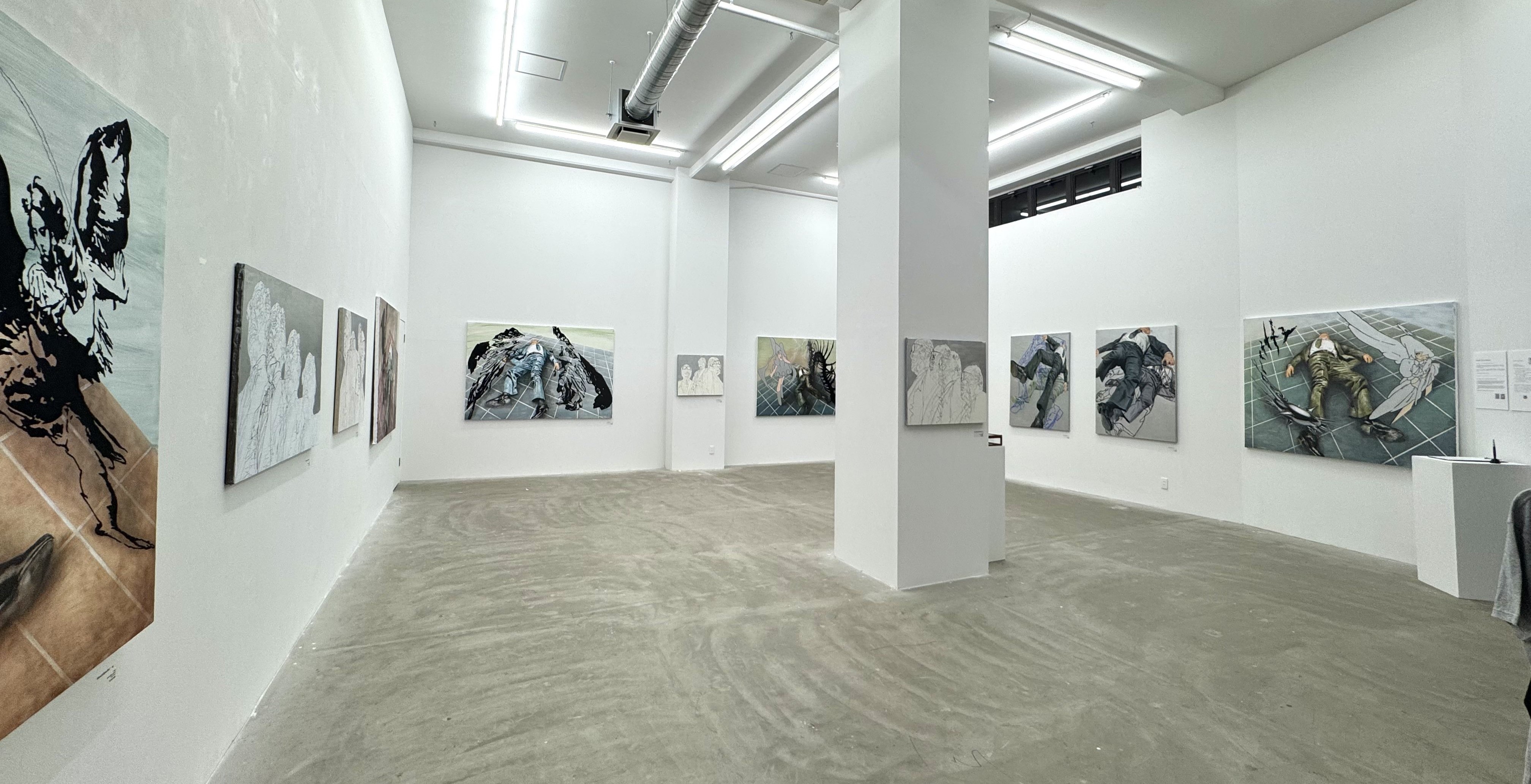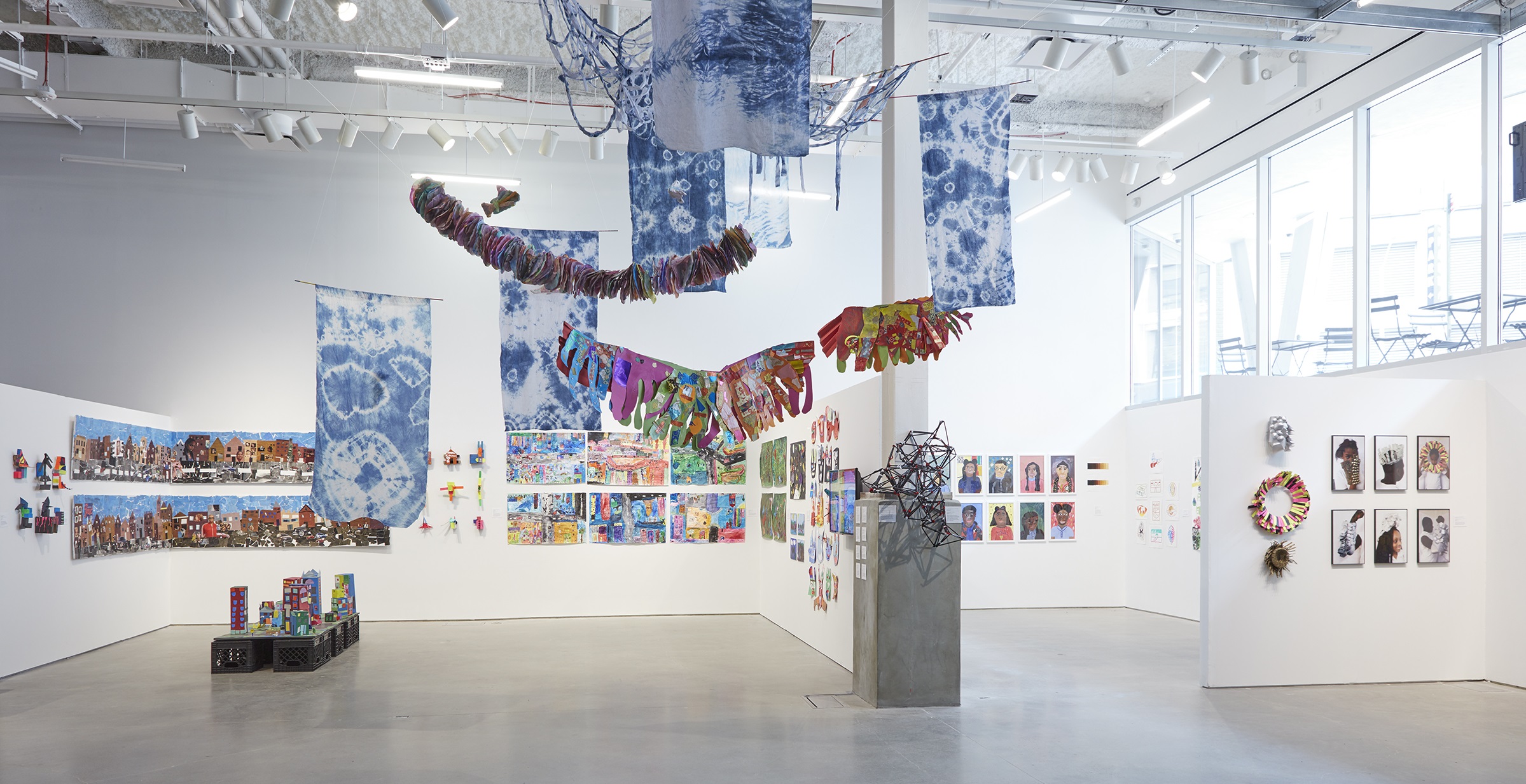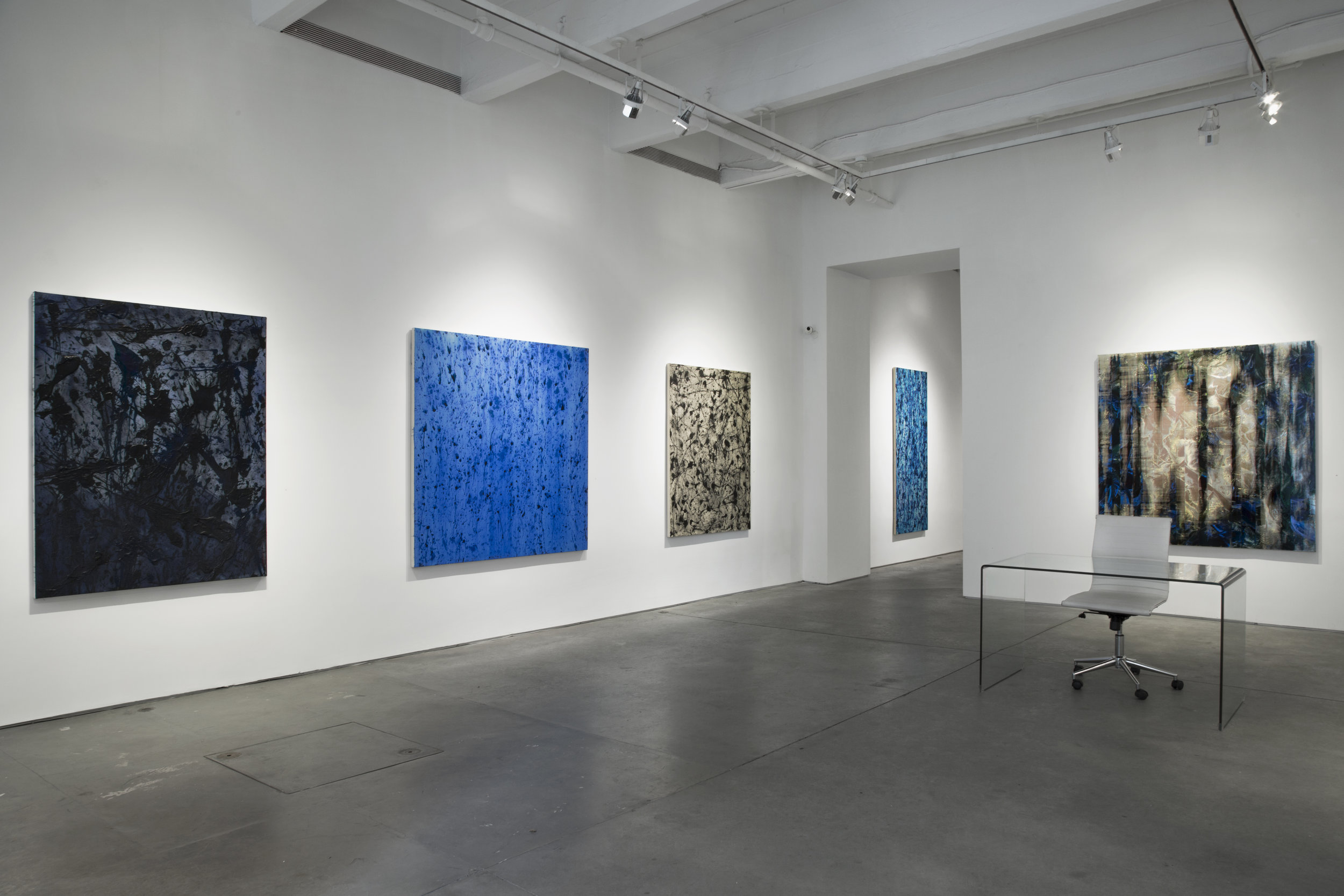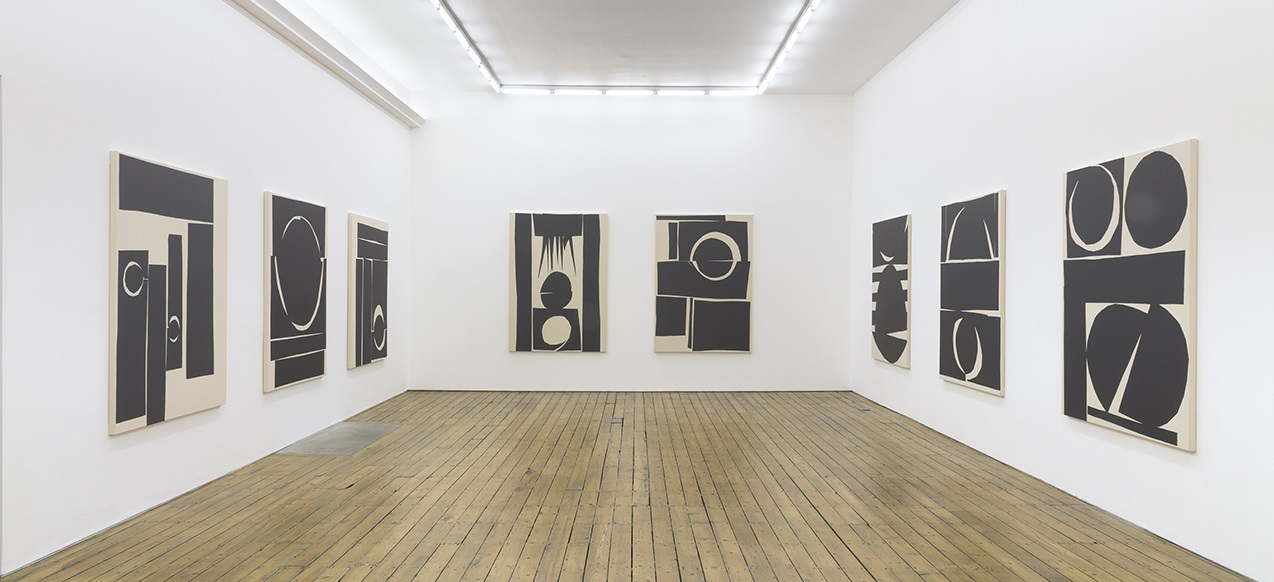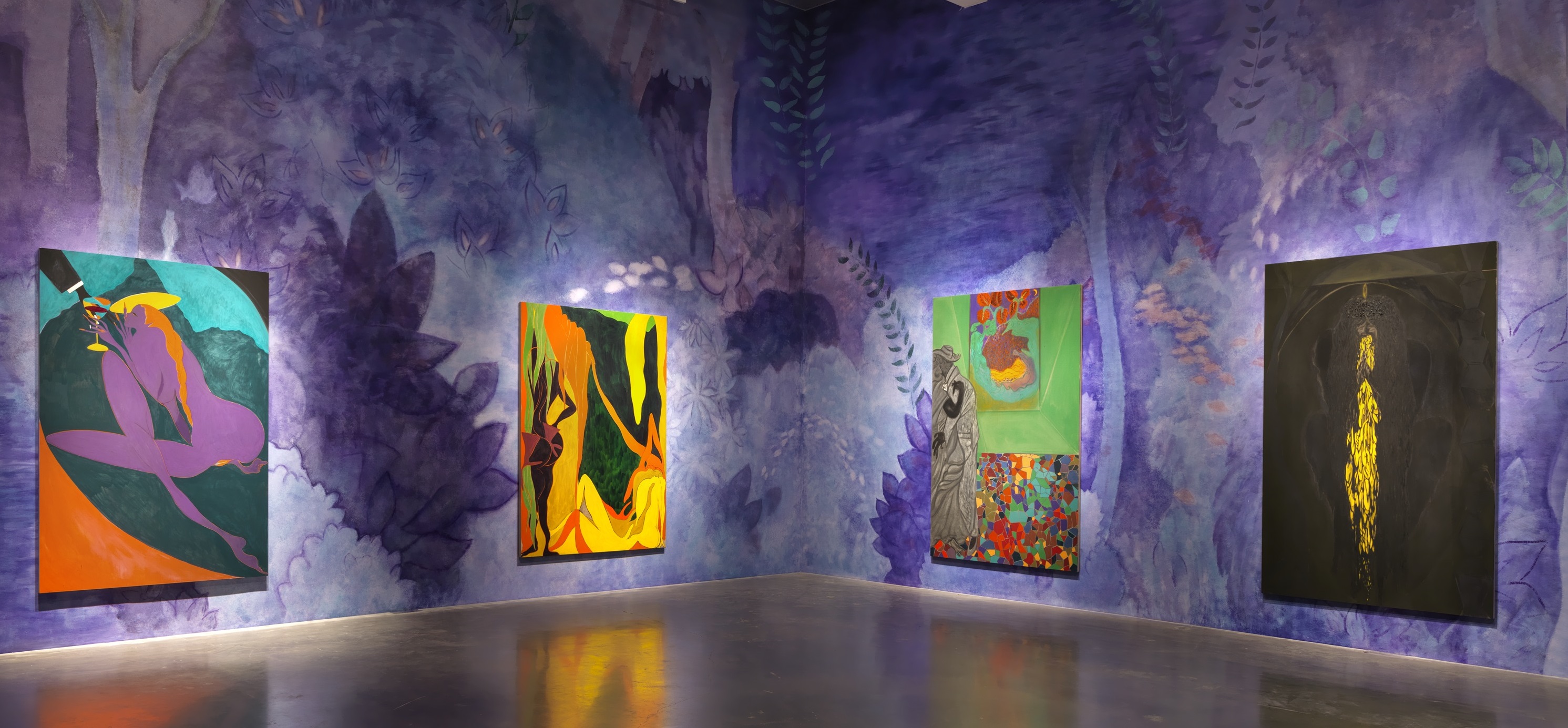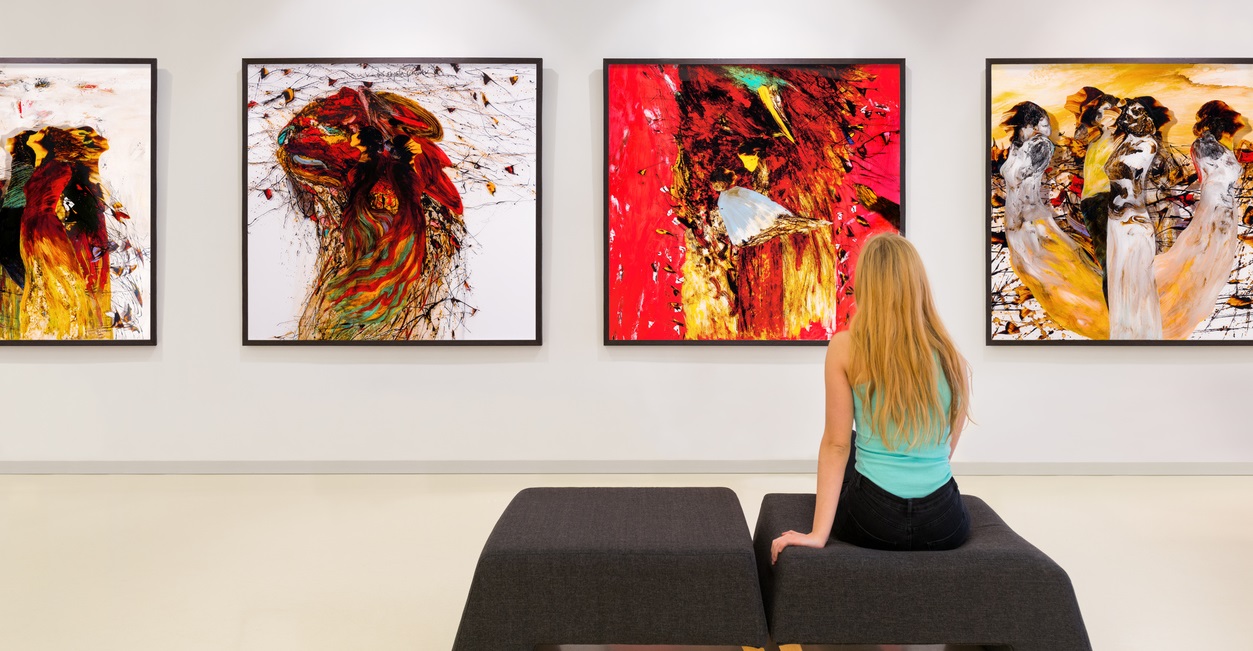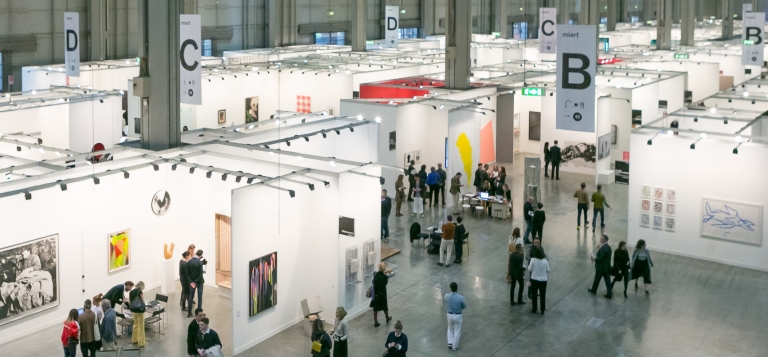
Making Up for the Lost 30 Years of Japanese Contemporary Art
-Review-
Situation of the Domestic Art Market in Japan
“Art is not selling well in an aging society”
Surprisingly, the per capita market for contemporary art in Japan is said to be the lowest among the developed countries.
One of the reasons for this is undoubtedly the long-standing economic stagnation and the super-aging society striking this country. Although there may also be other reasons, at the very least, Japan’s low per capita market for contemporary art cannot be attributed solely to its art education or its small housing. The principle is that art only sells well when the economy is prospering and there is surplus money. The art market is not about per capita GDP or the amount of assets, but it is about whether the money is actually being spent. In this light, it is clear that it is not the conservative elderly citizens who are buying the seemingly inscrutable commodity of contemporary art. Compared to both the United States and China, Japan’s average age is about 10 years older than that of these two countries.
In terms of the average age by country, Monaco, a small country where only wealthy elders with assets can afford to live, ranks first, followed by Japan. Here, it could be stated again that Japan is by far the most super-aged nation in the developed world. Since most of the asset holders are over 70 years old and their assets are held in real estates and bank deposits, it is clear that this is not a market where money can easily move.
In other words, the fact that most of the asset holders are conservative, is the main reason why the art market is small in Japan. Contemporary art cannot grow in a conservative environment. The challenging behavior of buying contemporary art requires that the thinking itself be avant-garde in the first place.
“Stagflation of Economy, Stagnflation of Art Market”
Furthermore, Japan is the only developed country where growth has been stagnant for the past 30 years. While other countries’ economies are expanding and wages and prices are rising, Japan is the only country whose economy is not growing. It is understandable that its citizens cannot afford to buy art.
In 2010, Japan’s share of nominal GDP in the world as a whole was 8.5%. Yet, by 2023 it had dropped to 4.0%, and during this period it was overtaken by China and Germany, making Japan the world’s fourth largest GDP economy. In other words, over the past 13 years, Japan’s relative economic standing in the world has been reduced, less than half of that of the rest of the world.
Despite these circumstances, COVID has had a temporary effect on the rise of the art market in Japan. Art gained popularity during the lockdown as a destination for surplus money that had nowhere else to go. This was due to the emergence of art as an investment value in the face of restrictions on travel, dining, golf, and other forms of entertainment. Interestingly, there was also the frivolous argument that the art market was expanding because everyone wanted to show off their collection of art in the background of online meetings. However, in reality, this was never the case. It is only that the purchase of easy-to-understand “illustrative art” became popular as a temporary destination for the surplus money, and the auction market supported this trend.
-Hidden Talent of Japan-
Importance of gaining recognition in global markets
“Not being recognized is the same as not existing”
Of course, the Japanese art market has also been stagnant for the last 30 years in response to the shrinking economy. The only artist whose work gained momentum in the domestic market during that period was Lassen. Yayoi Kusama, Takashi Murakami, and Yoshitomo Nara all gained popularity in Japan as a result of their heightening recognition and reputation in overseas markets.
The “Mono-ha” and “Gutai” movements of the 1970s were not very popular in Japan at the time, and their existence was not recognized overseas. However, in the 2010s, Mono-ha and Gutai were finally “discovered” by foreign critics, just like Columbus’ discovery of the Americas.
In other words, although these noteworthy works have originally existed in Japan, as they were not recognized in the global market until recently, they were considered to have never existed. The importance of being recognized in the global market has not changed over the past 30 years.
However, it is not the case that Japanese art has not produced any good artists in the past 30 years, following the footsteps of Kusama, Murakami, and Nara. There were great artists, but they were just not known in the global market. The reason for this is that, for example, only about two Japanese galleries are able to exhibit at Art Basel in Switzerland or Miami Beach. That is, less than 1% of the total. In addition, almost all of the galleries that have entered the New York and London markets have been forced to withdraw. The reality is that the gap in prices between Japan and the West is widening, making it impossible to keep up with the costs incurred overseas.
Due to this circumstance, even if there were good artists in Japan, they were not able to approach the global market, and their presence went unnoticed.
Now, should we just keep our fingers crossed with fading hope and let Japanese artists remain in a state of passive neglect?
We need to make the global market understand the works of Japanese artists whose works have been overlooked until now. Yet, there is no point in reintroducing classical Japanese works such as those by Yokoyama Taikan. The price of classical works in Japan has already dropped to one-tenth of what it was during the “bubble era”, and we do not see any possibility of a revival of works that have fallen into obscurity in a market with tremendous competition. In addition, it is also a bad idea to show craft-like works that are technically superior with detailed handwork. It would be meaningless to show typical Japanese identities, unless the works are capable of withstanding global competition and evaluation.
In conclusion, the hope for the growth of Japanese art market is at the edge of a precipice and we should not deprive artists in this country of the opportunity to demonstrate their creative talents due to the small size of the market. Therefore, there is a urgent need to introduce the hidden talents of this country to the global art market.
Thank you for reading.
In the next issue, we will go into details and discuss specific measures to make up for the lost 30 years of Japanese contemporary art.
——————————————————————————————–
Second book written by the president of Tagboat, Kenji Tokumitsu, “Textbook of Contemporary Art Investment,” is now available for purchase on Amazon here.

